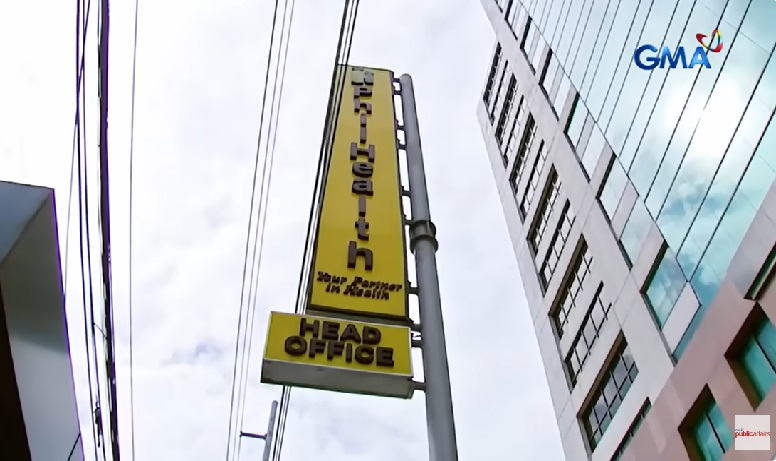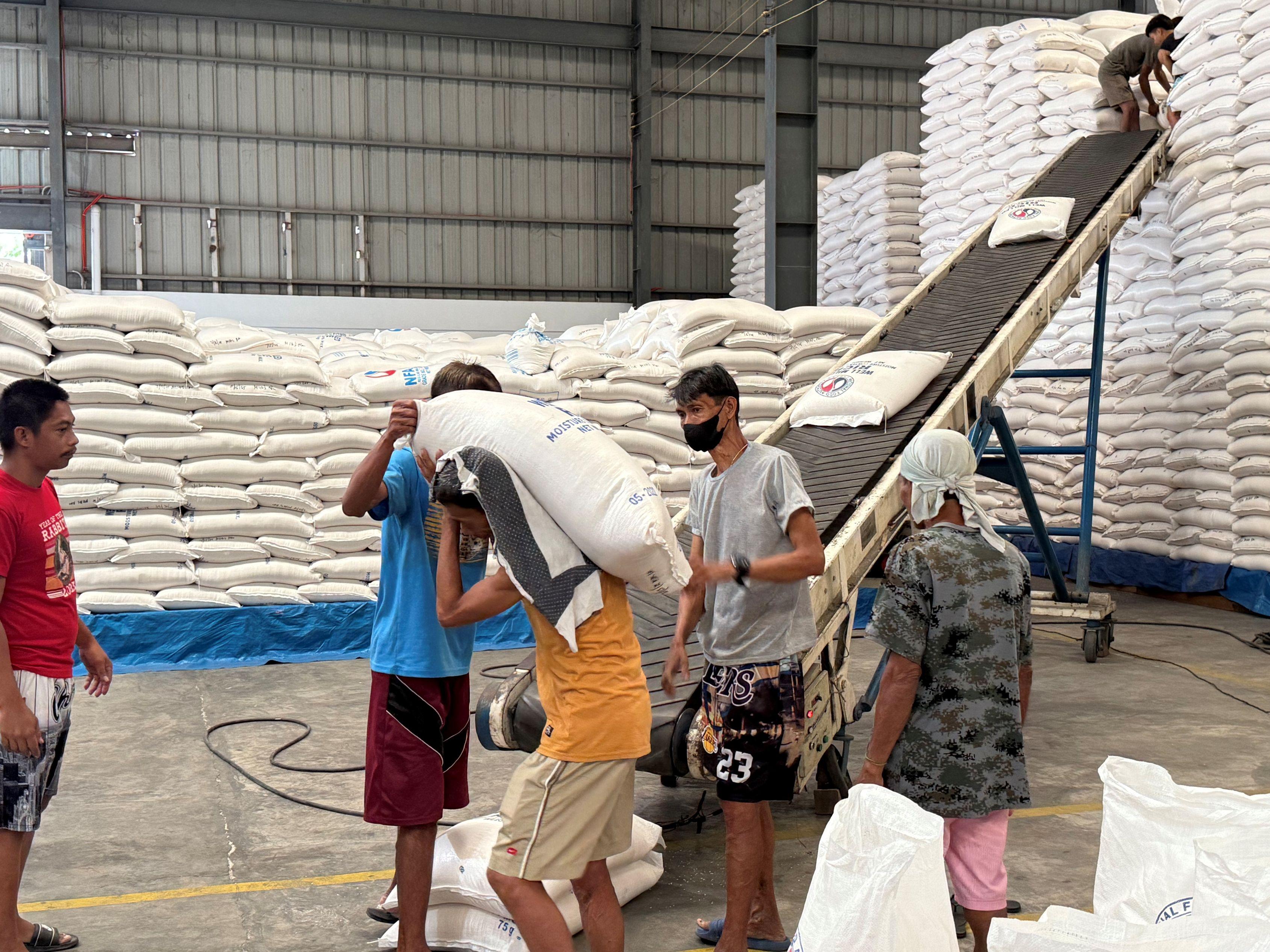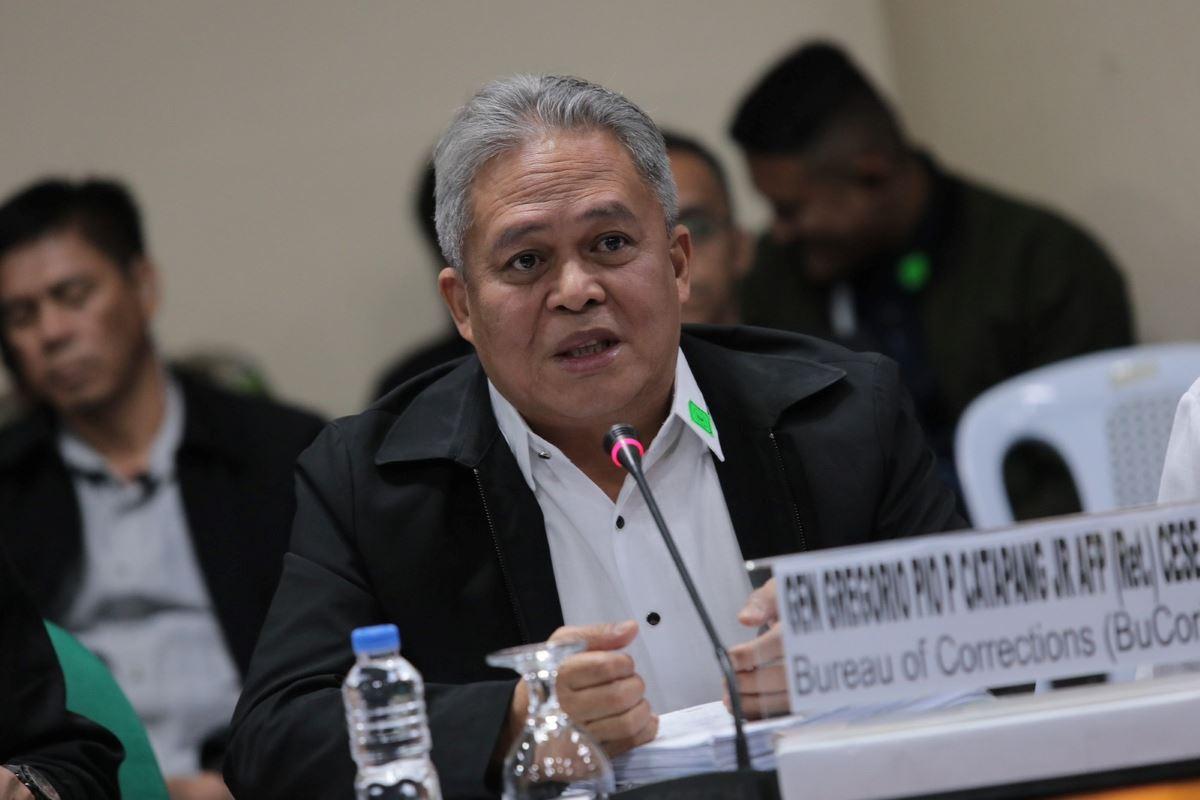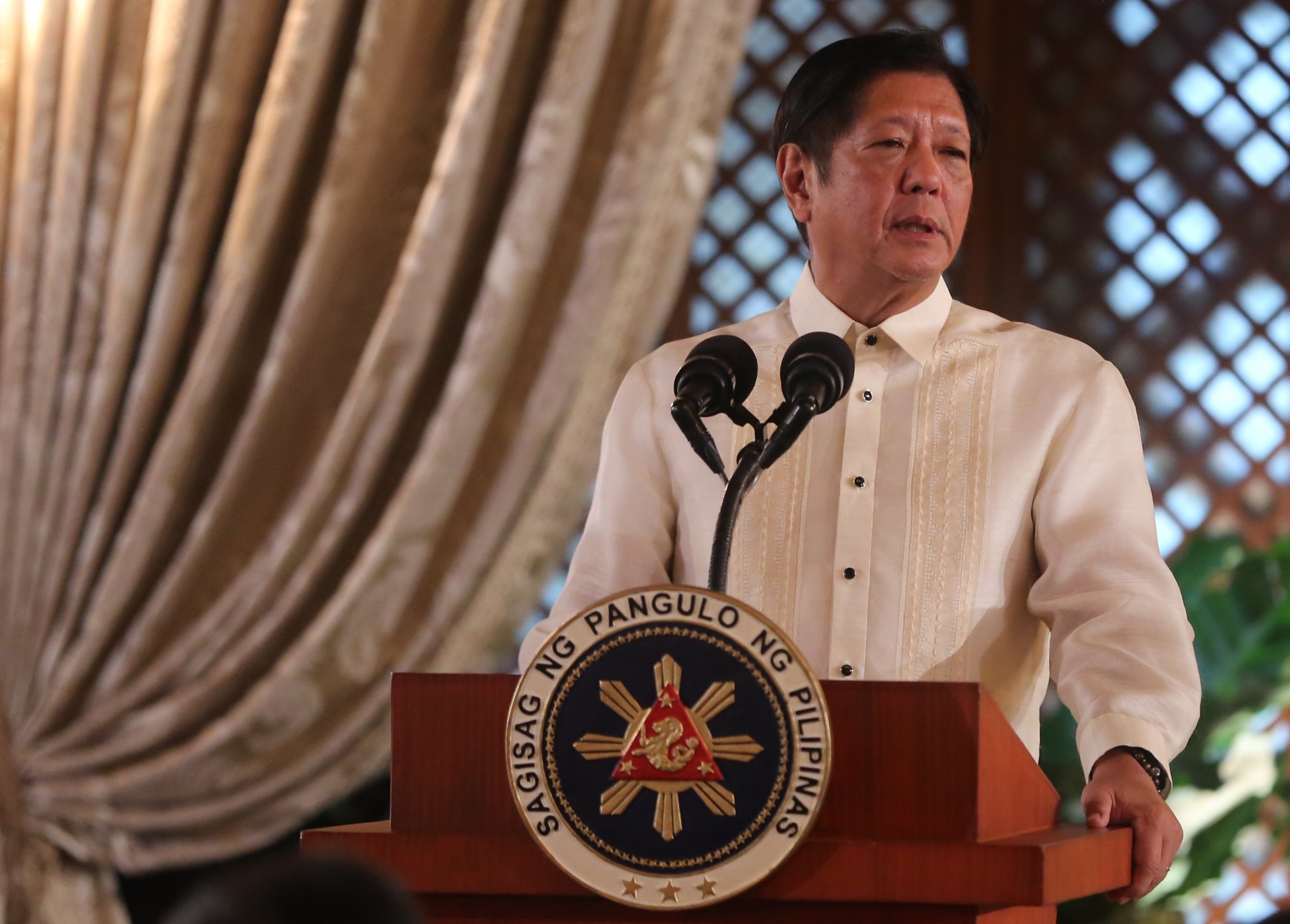DA to declare food security emergency
THE Department of Agriculture (DA) on Thursday said it will likely declare a food security emergency for rice as prices of the staple grain remain stubbornly high.

By Adrian H. Halili, Reporter
THE Department of Agriculture (DA) on Thursday said it will likely declare a food security emergency for rice as prices of the staple grain remain stubbornly high.
Agriculture Secretary Francisco P. Tiu Laurel, Jr. said he expects the release of buffer stocks of local rice from the National Food Authority (NFA) by the first week of February, as it awaits the transmittal of a National Price Coordinating Council (NPCC) recommendation calling for the declaration of a food security emergency.
“I don’t have the official recommendation from the NPCC yet, the details are still with the working group. But once it comes to my table, the chances are we will declare, so that we can release the stocks of the NFA,” he told reporters during a market visit in Pasig City.
“Once I receive it, I will also consult the President for his comments,” he added.
The NPCC has approved a resolution urging the DA to declare a food security emergency for rice, which would pave the way for the NFA to release buffer stock to stabilize prices.
Under Republic Act (RA) No. 12708 or the Agricultural Tariffication Act, the Agriculture secretary can declare a food security emergency in case of rice supply shortages or extraordinary price spikes.
Prices of rice have remained stubbornly high despite lower tariffs for imports.
According to the DA’s price monitoring of Metro Manila markets as of Jan. 15, a kilogram of imported special rice was priced between P53 and P65 compared with the P58 and P65 per kilo a year ago.
The price of imported premium rice stood at P50-P60 per kilo as of Jan. 15 from P54-P62 per kilo last year.
On the other hand, imported well-milled rice is currently between P44 and P52, while imported regular milled rice is at P40 to P48 per kilo.
Trade Secretary Maria Cristina Aldeguer-Roque, who chairs the NPCC, said the resolution was made in response to the extraordinary increase in rice prices observed since 2023.
“All the markets must follow the directives of the DA to bring down imported rice prices for the consumers and, at the same time, also protect the wholesaler, the trader, and also the retailer,” she told reporters.
Mr. Tiu Laurel said the DA needs to release the buffer stock from NFA warehouses, which have reached 300,000 metric tons, ahead of the harvest season.
“Harvest season is coming. So, if our warehouses are full, we won’t be able to buy from farmers at a good price. We need to sell it immediately,” Mr. Tiu Laurel said.
Once the NFA’s buffer stocks are released, Mr. Tiu Laurel said the rice will be sold to local government units (LGU), Kadiwa, the Armed Forces of the Philippines, the Philippine National Police, and other government agencies.
The DA said last week that it is looking to sell some of the NFA’s old rice stock to LGUs to free up warehouse space ahead of the rice harvest season.
The NFA would have a buying price for palay, or unmilled rice, ranging from P21 to P23 per kilo for clean and dry, according to the Agriculture department chief.
The NFA would set a selling price of P36 per kilo to LGUs by February and would be further lowered to P33 per kilo by March.
MAXIMUM PRICE
Meanwhile, Mr. Tiu Laurel said that the maximum suggested retail price (SRP) on imported rice, which will be implemented in Metro Manila starting Jan. 20, would also address elevated rice prices.
The DA is set to impose a maximum SRP of P58 per kilogram on imported rice with a 5% broken grain content, a move it says will further lower the retail price of imported rice.
“Every two to three weeks the (maximum SRP) may be adjusted until March,” Mr. Tiu Laurel told reporters.
“After two to three weeks we can adjust it to P55 per kilo, after another two weeks maybe at P52 per kilo. If world price goes down further, it could be just P50 per kilo soon,” he added.
Mr. Tiu Laurel said that importers and retailers had earlier agreed to a profit margin of P10 per kilo.
“I actually also consulted the private sector on this, and we had a meeting with retailers, importers, DTI (Department of Trade and Industry), PCC (Philippine Competition Commission), BIR (Bureau of Internal Revenue), and everybody,” he said. “This decision to peg it at P58 was a decision not made arbitrarily. It’s made through consultation.”
Asked to comment, Federation of Free Farmers National Manager Raul Q. Montemayor said that there is no need to declare a food security emergency on rice due to ample domestic supply.
“I don’t think there is a national food security emergency on rice. There is no shortage in supply, there is no calamity, harvests will start again in March, and prices, while still high, are actually slowly going down,” Mr. Montemayor said in a Viber message.
He added that the government had failed to go after profiteering importers, wholesalers, and retailers.
“Instead of running after them, the government has instead opted to manipulate the law (RA 12708), so it gives them the legal basis for releasing NFA stocks to LGUs in an attempt to lower prices,” he said.
In a Viber message, former Agriculture Undersecretary Fermin D. Adriano said that the limited stock of the NFA may not be enough to influence rice prices.
“Very limited stock compared to the hands of the rice cartel, which controls around 70% of total supply,” Mr. Adriano added. — with inputs from Kyle Aristophere T. Atienza
What's Your Reaction?


















































